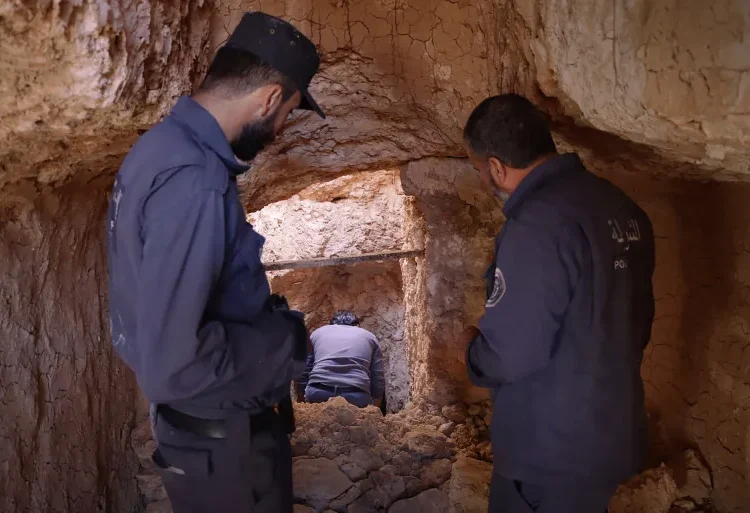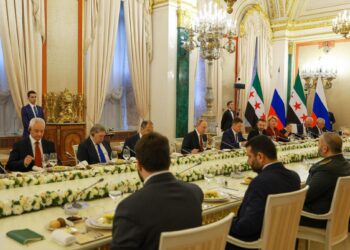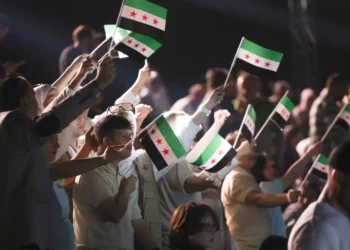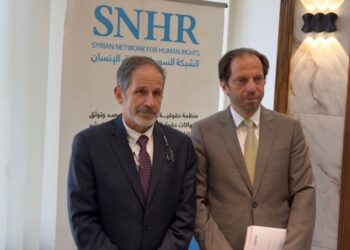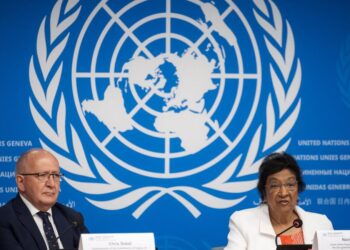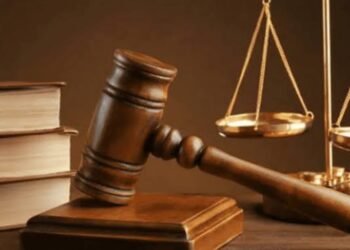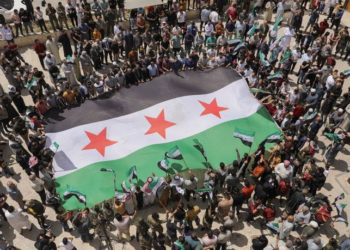Fadel Abdulghany
Preventing the resurgence of conflict in post-war societies like Syria is one of the most pressing challenges in contemporary peacebuilding processes. With approximately 33% of these societies experiencing a relapse into armed violence within five years, establishing sustainable peace mechanisms becomes a top priority.
In this context, documentation and truth-telling emerge as essential interventions; they are not merely historical record-keeping, but rather two foundational pillars of the conflict prevention structure.
These processes produce reliable records that establish realistic foundations for shared understanding, facilitate accountability mechanisms with a deterrent effect, and provide systematic indicators for assessing the likelihood of a recurrence of violence.
The theoretical framework for the preventive function of documentation is based on its ability to dismantle structures of denial, build institutional memory, and establish social foundations that are resistant to the manipulation of historical grievances for political mobilization purposes.
Truth Commissions and Institutional Memory
The institutional dimension of documentation is manifested through truth commissions, which are among the most sophisticated prevention tools through systematic fact-finding mechanisms. These commissions produce official recognition that reshapes the landscape of historical discourse and narrows the scope for future manipulation of narratives.
The European Union’s transitional justice framework clearly expresses this principle, emphasizing that ignoring past injustices and failing to address them through systematic documentation and truth-seeking undermines the sustainability of peace and exacerbates the risk of renewed violence.
This perspective demonstrates the preventative function of documentation in breaking cycles of impunity and establishing patterns of accountability that create a deterrent effect against subsequent violations.
The operational philosophy of truth commissions deliberately focuses on institutional shortcomings rather than assigning responsibility to individuals, directing their work toward recommendations for structural reform that address the root causes of conflict.
This institutional focus enables the identification of systemic patterns within military, security, and judicial structures that require structural transformation to prevent the recurrence of violations.
Preventive logic operates through multiple pathways:
- Formal recognition; establishes a shared historical foundation that limits the potential exploitation of grievances.
- Institutional reform recommendations; address the structural weaknesses that enabled past violations.
- A documentation process; establishes precedents for accountability and modifies the calculations of potential perpetrators when considering committing future violations.
Civil Society Documentation and Integration of Early Warning Systems
Civil society organizations, such as the Syrian Network for Human Rights (SNHR), occupy a pivotal position in the documentation system by establishing community archives and memory projects that complement official procedures and address their limitations. These initiatives achieve preventative effects through parallel processes:
- Strengthening social cohesion by highlighting shared suffering across conflict lines.
- Preserving local knowledge that may be overlooked by formal mechanisms.
- Strengthening democratic institutions by expanding channels of accountability.
The foundation for civil society engagement is based on building a grassroots support base for prevention efforts and addressing root causes from a community perspective that may not be adequately captured by formal mechanisms.
Integrating documentation with early warning systems represents an important development in prevention approaches. Effective warning requires systematic data collection and analysis of indicators that indicate the likelihood of recurrence of violence. This requires comprehensive documentation of past violations to provide baselines and identify recurring patterns. Without addressing the structural factors fueling conflict through comprehensive documentation and accountability, communities remain vulnerable to the exploitation of historical grievances for political gain.
Effective documentation requires rapid, comprehensive, inclusive, participatory, context-sensitive, victim-centered, and gender-sensitive processes that address root causes rather than simply recounting facts.
This integration produces analytical frameworks capable of detecting patterns in documented violations and anticipating emerging risks, transforming archives from static repositories into dynamic preventative tools.
Digital Preservation Systems and Their Challenges
The digital revolution has revolutionized the protective capacity of documentation, providing unprecedented capabilities for secure preservation and long-term access. The Berkeley Protocol for Open-Source Digital Investigations establishes methodological standards that ensure the forensic value of documentation persists over decades, creating a sustainable deterrent effect by preserving the possibility of future accountability.
Digital archives demonstrate how collective documentation contributes to consolidating evidentiary value, as well as its creative role in community recovery processes.
The importance of secure digital preservation lies in its ability to preserve the availability of evidence for future accountability mechanisms, even when immediate justice is impossible due to ongoing conflict or political constraints.
This extended timeframe for accountability creates what might be termed “delayed deterrence,” where potential perpetrators are forced to calculate both immediate and unforeseen future costs.
Documentation efforts face structural challenges in deeply divided societies that maintain fundamentally conflicting understandings of past events. Recognizing that documentation alone may not be sufficient to modify deeply held beliefs requires integrated strategies that focus on shared recognition of trauma, rather than relying solely on historical accuracy.
This theoretical perspective suggests that prevention through documentation requires advanced approaches that balance factual accuracy with comprehensive narratives, allowing for multiple perspectives while maintaining basic evidentiary standards.
The challenge of sustainability also requires a long-term institutional commitment that goes beyond the immediate post-conflict transitional periods, by fortifying archives and truth-seeking mechanisms with legal regulation and sustainable funding to ensure their continued preventative effectiveness.
Planning for uncertain scenarios requires a special institutional design that balances availability and security, participation and protection, and inclusiveness and feasibility.
Conclusion
Documentation and truth-telling go beyond record-keeping to form an infrastructure for sustainable conflict prevention. They create institutional memory, shared narratives, and accountability mechanisms that can break cycles of violence and establish a resilient peace.
This analysis demonstrates that documentation operates through multiple preventative channels: building reliable historical records that resist manipulation, opening pathways for institutional reform that address structural weaknesses, strengthening social cohesion through shared recognition processes, and maintaining lasting accountability capabilities that reshape perpetrators’ accounts. The move toward digital systems enhances these preventative capabilities, while introducing new complexities that require more sophisticated methodologies.
In post-conflict societies like Syria, the challenge lies in transforming comprehensive documentation into effective preventive mechanisms through inclusive truth-seeking and justice processes, institutional reforms, and sustained community engagement that build a collective memory that serves peace rather than reproducing conflict.
The preventive power of documentation lies in its strategic use within comprehensive peacebuilding frameworks that address the structural causes and social divisions that keep conflict alive.
